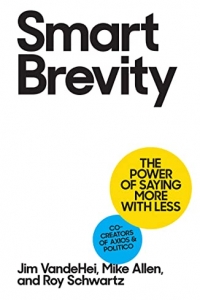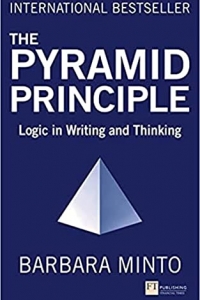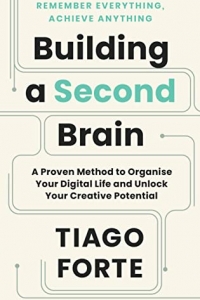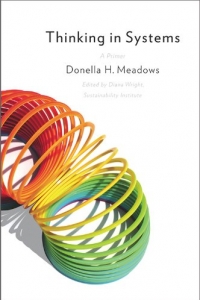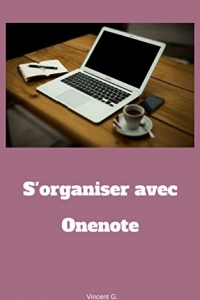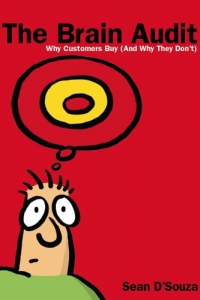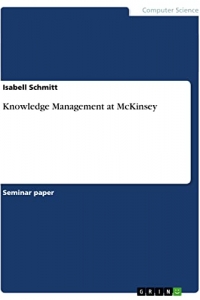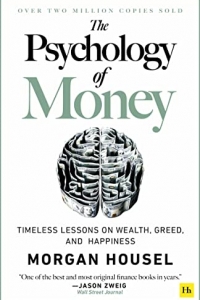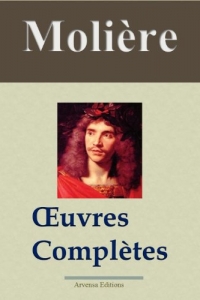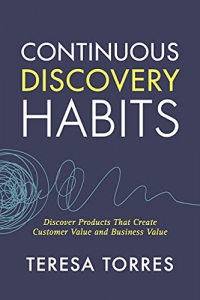How to Take Smart Notes (2022)
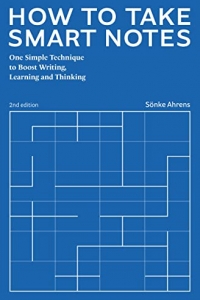
- Auteur: Sönke Ahrens
- Editeur:
- Pages: 212 pages
- Langue: Français
Description du livre How to Take Smart Notes (2022):
The key to good and efficient writing lies in the intelligent organisation of ideas and notes. This book helps students, academics and other knowledge workers to get more done, write intelligent texts and learn for the long run. It teaches you how to take smart notes and ensure they bring you and your projects forward.
The Take Smart Notes principle is based on established psychological insight and draws from a tried and tested note-taking technique: the Zettelkasten. This is the first comprehensive guide and description of this system in English, and not only does it explain how it works, but also why. It suits students and academics in the social sciences and humanities, nonfiction writers and others who are in the business of reading, thinking and writing.
Instead of wasting your time searching for your notes, quotes or references, you can focus on what really counts: thinking, understanding and developing new ideas in writing.
Dr. Sönke Ahrens is a writer and researcher in the field of education and social science. He is the author of the award-winning book “Experiment and Exploration: Forms of World Disclosure” (Springer).
Since its first publication, How to Take Smart Notes has sold more than 100,000 copies and has been translated into seven languages.
Commentaires
I was not expecting to learn much from this essay, because I had been been using org-roam (an implementation of the Zettelkasten system inside Emacs) for a whole year before buying it, had read many articles about it, and was already quite aware of many of its advantages.
Yet I did learn an awful lot. This book is much, much more than a presentation of the Zettelkasten system. It's a comprehensive essay on the best way to study, to learn, to teach, to create, to write, to analyze, to come up with new ideas. It is based on a fascinating and methodological selection of research articles, scientific studies, books.
It describes a very clever, intelligent way of working that is at the same time challenging and a lot of fun. And the fun part outweighs the challenging part, which is why the method is so successful.
I am halfway through the book, not re-reading it (so I won't fall into the mere-exposure effect :p), but taking notes, reformulating the ideas, trying to expand their frame, to explain them to others, and I can already see how much the methods described are changing me and my workflow, for the better.
This book deserves to be a best-seller, as much as its references (Peak by Ericsson, Flow by Csikszentmihalyi, etc)!
P.S.: I very strongly recommand Emacs org-roam as the best implementation (completely free) of the Zettelkasten system ever made. The author does not mention it, because it was created after the book was published, but it is by far the best system ever made, with a strong and supporting community of volunteers building it and ready to help.
5/5
Télécharger How to Take Smart Notes (2022) gratuit
Livres similaires
